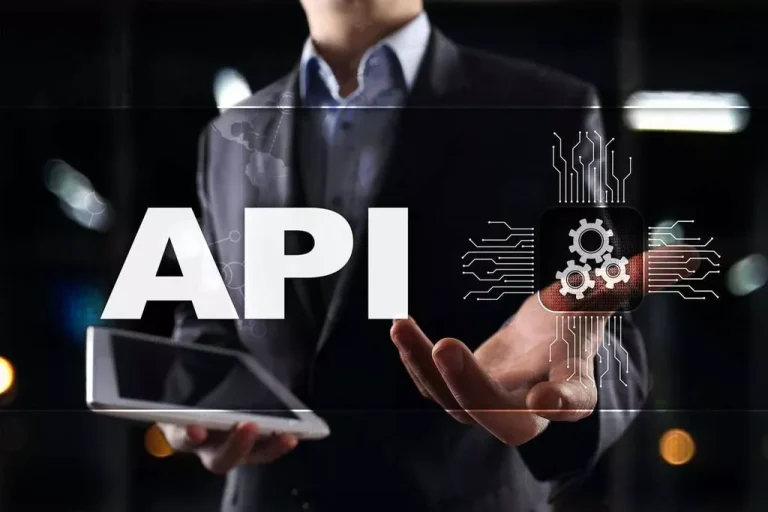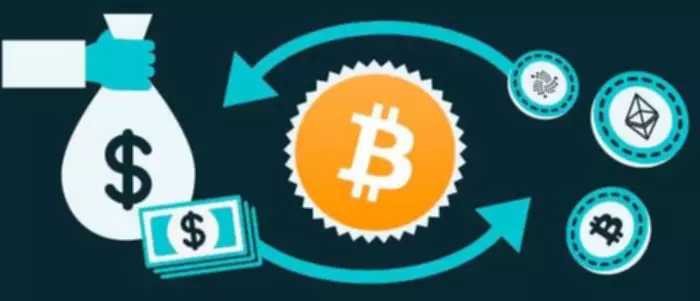Content
At its regenerative finance essence, regenerative finance focuses on revitalizing and enriching social and environmental well-being through financial endeavors. Businesses and organizations interested in Regenerative Finance can participate by aligning their investments with sustainable and socially responsible projects. They can collaborate with impact investment platforms, partner with environmental and social organizations, or establish their own regenerative initiatives. By leveraging blockchain technology, these initiatives create transparent platforms where companies can invest in eco-friendly practices and promote initiatives that fight climate change. Regenerative Finance, at its core, is a financial philosophy focused on investments that not only generate profits but also contribute positively to social, environmental, and economic systems.
In recent years, there has been a growing demand from both investors and consumers for more sustainable and socially…

There are also organizations that help to build the infrastructure needed for ReFi projects to flourish. Resource capacity here could be any or multiple of the 8 forms of capital (social, material, financial, living, intellectual, experiential, spiritual, and cultural). This leads to minorities and marginalized groups turning to ReFi, and using it as a tool for innovation and growth, often at a faster pace than people from communities with more privileged access to resources. In ReFi, there are no gatekeepers telling minority developers, founders, or creators what to https://www.xcritical.com/ do; everyone can just build or contribute to whatever they see lacking or what’s serving the needs of communities and environments. Additionally, ReFi projects often have a strong community of users and developers who are invested in the success of the project.
What are the key traits of ReFi systems?
The industrial economic theory works perfectly when Land, Labor, and Capital are present, but the cycle of prosperity breaks when Land no longer exists. Once a local resource has been depleted, civilizations start to look elsewhere to replenish those resources, often by expanding their empires through trade or, worse yet, military Constant function market maker force. And no, this isn’t another one of those “slap a blockchain tag on it and raise money” ideas—the actual execution here is fascinating.
Understanding the Role of Regenerative Finance (ReFi) in Crypto
By making funds readily available when needed, ReFi promotes greater monetary circulation in our communities. ReFi can be considered the real-world, Web3 application of Regenerative Economics theory. The ReFi movement aims to deliver on two core principles – the long-term generation of value for all, and the conservation/restoration of natural resources. If there’s to be a significant reverse of climate change and the addressing of other socio-economic problems such as poverty, it should start with rethinking the current system of global economics. Ethereum, for example, switched to a Proof-of-Stake mechanism, reducing the energy required for creating ETH by 99.95%. Despite this undoubtedly positive shift, it’s still clear that if Web3 financial systems are going to be sustainable, they’re going to have to be deliberately designed with self-renewing processes in mind and work to help mend the planet.

Blockchain in the Carbon Offsetting Market
- We’re on a mission to easily enable any individual to fight climate change with the world’s first carbon-backed NFT.
- At this stage, it’s hard to define exactly what projects and initiatives are “truly ReFi” and which ones aren’t.
- This isespecially important for ReFi because it allows communities totake control of their financial systems and prioritize sustainability.
- In 2015, the economist John Fullerton coined “Regenerative Capitalism” stating eight principles that are the foundation of any economic system in order to build a stable and healthy foundation.
- We are looking into implementing reasonable KYC measures at certain points of our infrastructure while keeping other parts of the protocol open for everyone to access.
- ReFi opens avenues to embed care for communities, living ecosystems, and our environment into the roots of our economic system.
Some Refi companies which contribute to the early financing of climate protection projects with corresponding tokens are Ivy protocol and Solid World DAO. An example of a Blockchain-based digital climate data collection would be Open Forest Protocol. Climate Action Data Trust is a decentralized metadata platform and Forest Trends Association is one of the NGOs which is active in the ReFi industry. Individuals and businesses investing in Regenerative Finance projects receive tax incentives or benefits in some regions. These incentives aim to encourage investments in sustainable initiatives and may include tax deductions, credits, or exemptions. ReFi investments can yield financial returns, but the primary focus is creating a positive impact.
Infrastructure tools are loosely defined as data products, protocols, and adjacent tooling that support carbon suppliers and core blockchains in distributing carbon to the application layer. Layer 1s are carbon-neutral or -negative proof-of-stake blockchains like Solana that are highly energy efficient. In other words, these are all existing blockchain projects that don’t take enormous resources to run. A bit about me, my name is Nihar Neelakanti, Co-founder and CEO of Ecosapiens, a metaverse enabling consumers to fight climate change.
The process of linking carbon project developers with MRV and ultimately the buyer is incredibly complex, bottle-necked, and mired with transparency and duplicity issues. Several new companies are leveraging lidar, satellite imagery, and drones to achieve MRV at lightning speeds and lower cost; Perennial Earth is one company that is scaling up MRV for carbon soils. The concept of a carbon market was unveiled in the 1997 Kyoto Protocol as a mechanism to incentivize carbon-emission reduction. More resources mean faster economic growth and, ideally, a better quality of life for everyone. Traditional finance has often been criticized for putting short-term profits ahead of long-term sustainability.
So, users who want to invest in this sector must be cautious and scrutinize projects to ensure authenticity. Because this sector is new, it is crucial to perform due diligence to understand a project’s objective and maximize the benefits of its offerings. It is worth noting that the ReFi sector is gaining traction, with several projects joining the ecosystem. Hence, it is crucial to understand the idea behind the technology to maximize the inherent potential and avoid the risks. This, in turn, meansthat it can focus on both balanced and circulatory capital flows while takingcare of people by democratizing management of our financial system and accessto financial services through inclusiveness. This isespecially important for ReFi because it allows communities totake control of their financial systems and prioritize sustainability.
As a result, investors receive financial returns while helping create a more sustainable and just economy. Regenerative finance (ReFi) develops a financial ecosystem that can better meet the needs of all stakeholders. It aims to alter traditional finance’s extractive and exploitative strategy so that investors can satisfy their needs in the future with tools or any other developments.
In a ReFi system, financial capital is not an end in itself but is employed in service of each of the other forms of capital. There is a new wave of innovative projects being built on blockchains that are attempting to disrupt incumbents in this sector. No-loss gambling is a new way to play games or participate in gambling activities, but without risking your own funds.
Regenerative Finance (ReFi) utilises DeFi and blockchain to help reverse the effects of industrialisation and systemic financial imbalance. This blockchain architecture uses more than one data availability (DA) service to ensure data redundancy. Data Availability Sampling (DAS) is a method that enables decentralized applications to verify the availabi…
Blockchain-based carbon offset tokens can be tracked directly to their corresponding environmental action down the line. In the past, this has largely been the domain of philanthropists and investment firms. However, ReFi opens the door to investment to a much broader range of people through decentralised finance initiatives. Blockchain technology allows each transaction to be recorded transparently, visualising the way that each contribution is being spent, tracking the environmental impact clearly and measurably. Equally, ReFi is having an impact in the field of conservation as companies that need to offset their carbon emissions can fund the preservation of a species or area via the use of smart contracts.
ReFi projects are typically chosen based on their potential for positive environmental, social, and economic impact, aligning with regenerative principles. In finance, Web3 technologies facilitate transparent and secure transactions, making it easier to implement ReFi principles. Smart contracts, a hallmark of blockchain technology, enable the creation of decentralized finance (DeFi) platforms, allowing for the seamless execution of ReFi investment strategies. Built on blockchain technology, Web3 fosters a peer-to-peer network of interconnected applications, services, and platforms. As a result, this decentralized nature ensures greater privacy, security, and user control over data and digital assets.
Fossil fuels get plenty of flack, but they’ve been an undeniable miracle for humanity. They’ve stimulated productivity and industrialization that lifted billions of people out of poverty, improved our overall quality of life, and increased our longevity—among other enhancements in the human condition.
